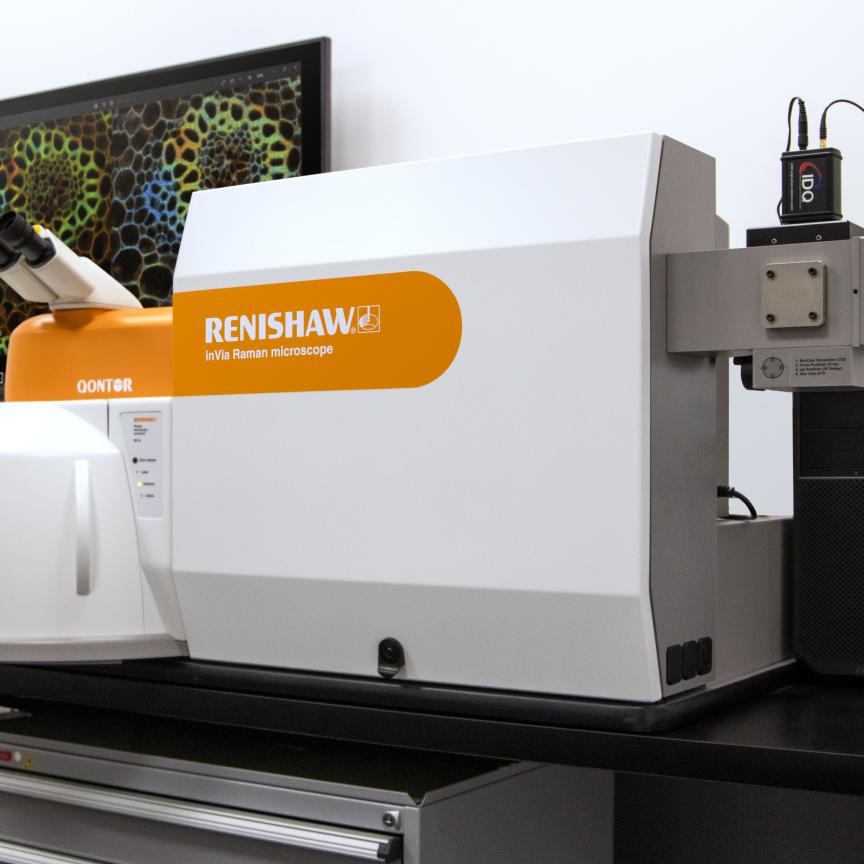Gemma Church explains how optical filters from Delta Optical Thin Film help PoC diagnostic tests
As the world continues to fight the Covid-19 pandemic, it’s more important than ever to deliver the right medical diagnosis, at the right time. This is where point-of-care (PoC) instruments help, bringing diagnostic tests to the patient.
Oliver Pust, vice president of sales and marketing at Delta Optical Thin Film, explained: ‘The goal is to bring medical diagnostic and treatment methodologies from large central laboratories and operation theatres to local physicians, to patients’ beds or homes.
‘Today, blood or other body liquids are sampled in the doctor’s office and sent to a central laboratory. This causes a delay of several days that can make the difference between life and death, putting psychological stress on the patient. PoC also has the prospect to make advanced diagnostics available for patients in remote locations or developing countries.’
Delta Optical Thin Film is working with a range of medical OEMs to help them design and develop the next-generation of PoC devices, using the company’s expertise as an OEM supplier of high-quality custom optical filter sets for fluorescence microscopy.
Optical filters are a key component of any PoC device. They effectively control the spectral content of the incident and emitted light, to test everything from glucose and cholesterol levels, to completing enzyme and electrolyte analyses, and testing for substance abuse and infectious diseases.
Delta Optical Thin Film recently worked with medical device producer Qlife, helping the company rapidly adapt its existing Egoo PoC device to test for Sars-CoV-2 – the virus that causes Covid-19.
Ebbe Finding, chief technology officer and co-founder of Qlife, said: ‘We already had plans to add a test for viruses to Egoo in the future, but with the current situation, we went full steam ahead with developing it.’
Finding added: ‘With the outbreak of Sars-CoV-2, we rapidly got underway with testing it for the Egoo platform. The first step was to enter into an agreement with Finnish company Aidian, to use their patented SIBA technology.’
The Strand Invasion Based Amplification (SIBA) test is slightly different from the RT-PCR (reverse transcription polymerase chain reaction) method of testing for Sars-CoV-2, which is widely used in hospitals and must be conducted in a certified laboratory with a testing time of roughly six hours.
Instead, a saliva sample is taken from the throat and put in a solution that releases the virus’ RNA. The solution is then transferred to a capsule, which is placed in the Egoo PoC device and, after 20 minutes, the result is available.
During the test, a specific part of the virus’ RNA strand is amplified and a fluorescent molecule attaches itself to each new strand. The fluorescent molecule emits light at a specific wavelength and, the more of this characteristic light, the greater the number of amplified strands in the sample. The sample is then illuminated with light from a standard LED. To ensure the accuracy of the test result, it is vital to separate the light from the fluorescent molecule and the light from the LED.
In just ten days, Delta Optical Thin Film worked with medical device producer QLife to develop, produce and test the optical filters to achieve this.
This was no easy task. Optical filters are composed of hundreds of dielectric layers, each with alternating refractive indices. The light filtering function is triggered when the inter-reflected light waves interfere with one another. In this case, three different filters were used, each one only measuring 4 x 4mm².
Delta Optical Thin Film’s experience in this area helped expedite the development of these optical filters. Its coating technology has been in development since the 1970s, letting a single wavelength through, while dimming others by a factor of between 100,000 and a million times.
Using the latest dicing equipment, Delta Optical Thin Film has also produced filters as small as 1.5 x 1.5mm² with edge chips well below 50µm.
Delta Optical Thin Film has also developed and optimised its own proprietary coating and filter design software in recent decades. Its software designs the tooling for the coating chambers where these optical filters are developed, including a unique deposition control software to control these coating chambers. Furthermore, Delta Optical Thin Film has developed software to simulate the performance of the designed filters before they are produced, taking into account typical production tolerances.
The firm also uses coating chambers from Bühler Leybold Optics, equipped with their Advanced Plasma Source technology and Delta’s own optical monitoring systems to produce its custom optical filters, and a recently acquired magnetron sputtering technology for even more advanced filters.
This unique combination of world-leading coating equipment and proprietary software, coupled with decades of experience, enables the rapid development and production of a range of industry-leading filters. Now, Delta Optical Thin Film is turning its attention to PoC devices. ‘Our optical filters are all designed for the next-generation of PoC instruments and have been used in clinical applications in the biotech, biomedical and drug discovery sectors,’ Pust explained.
Testing times
As demand for PoC devices continues to rise, today’s optical filters face two challenges. First, advancing miniaturisation is an issue. Diagnostic tests that are run in large pieces of laboratory equipment must now run on hand-held devices, where PoC devices require portable, small and robust instrumentation for practical implementation. Second, they must achieve a detection sensitivity at least equivalent to existing methods.
In other words, the optics in a PoC system must be at least as good as the optical systems found in larger pieces of equipment – only smaller.
This introduces challenges for OEMs, as Pust explained: ‘The challenge is to reduce the size of all optics, without compromising the optical output. Hand in hand with the size reduction of the instrument, often opening angles increase to collect a sufficient signal. This has potentially adverse effects on filter performance.’
This is where Delta Optical Thin Film can help, the company has optimised optical systems for PoC devices to improve the quality of the instrument. Pust concluded: ‘Our background as an OEM supplier of high-quality optical filters for fluorescence microscopy gives us the right background to supply high-performance optical filters for today’s PoC instruments.’
Find out more about Delta Optical Thin Film’s work in their latest white paper: Designing miniaturised custom optical filters without compromising on optical output. Click here.


